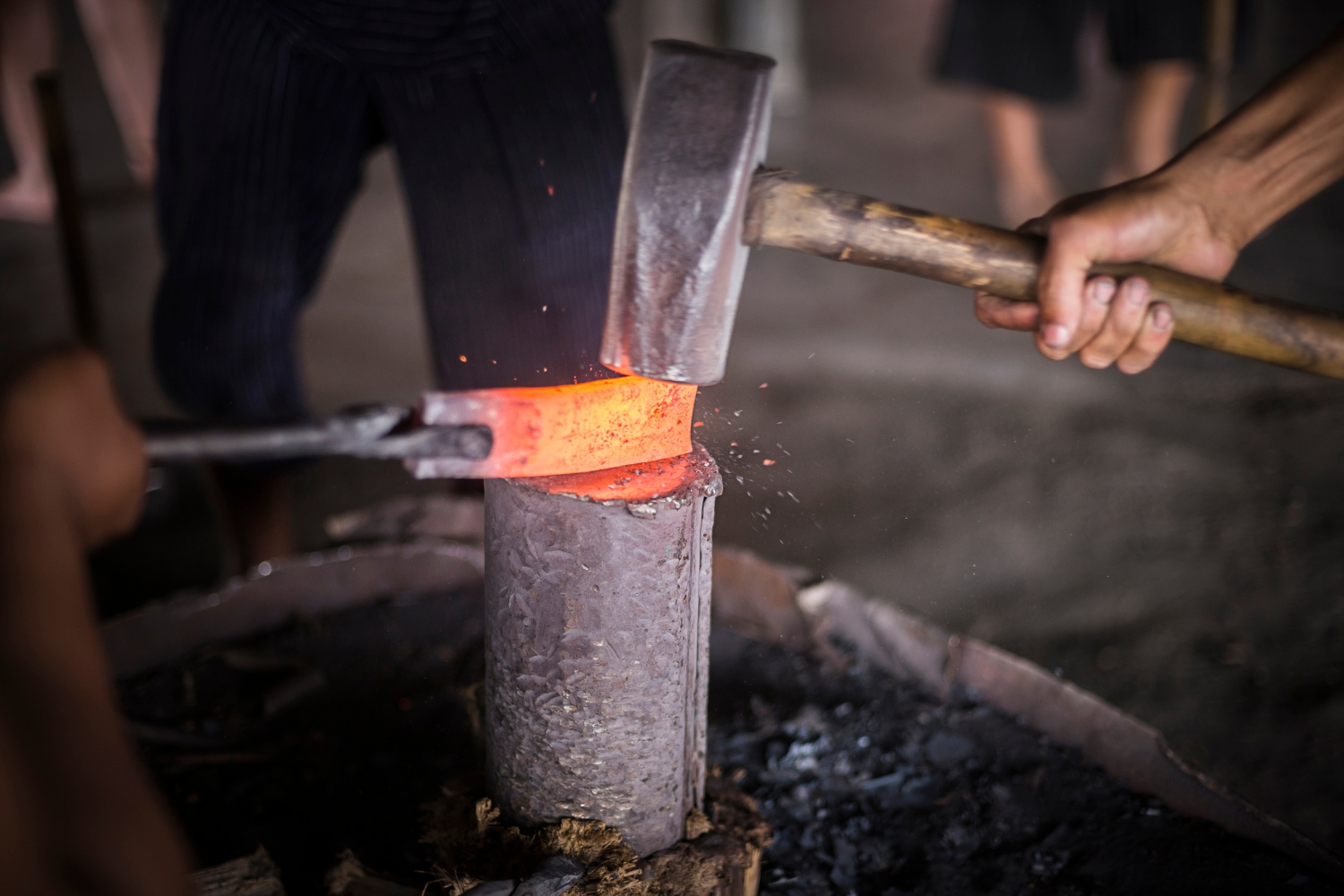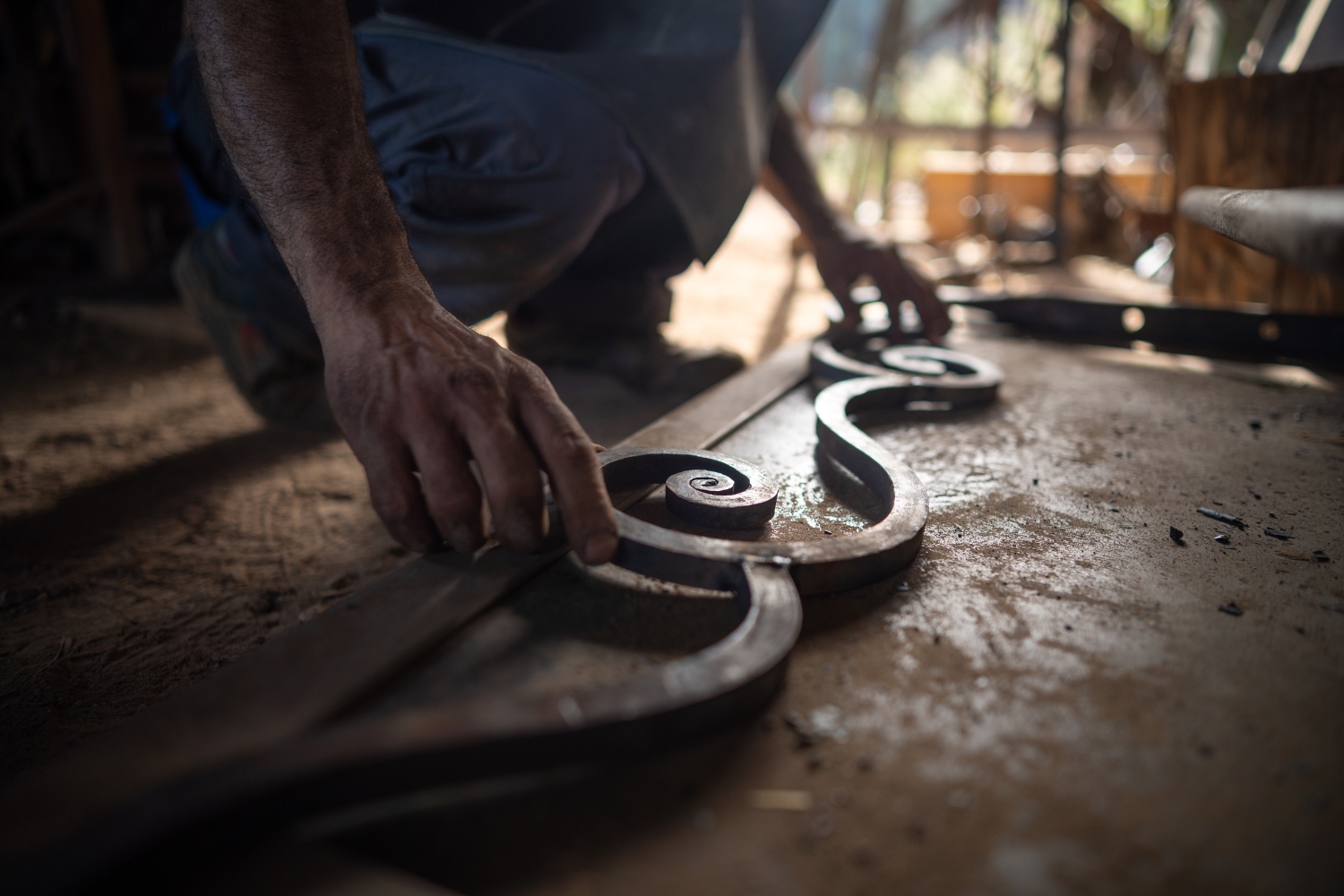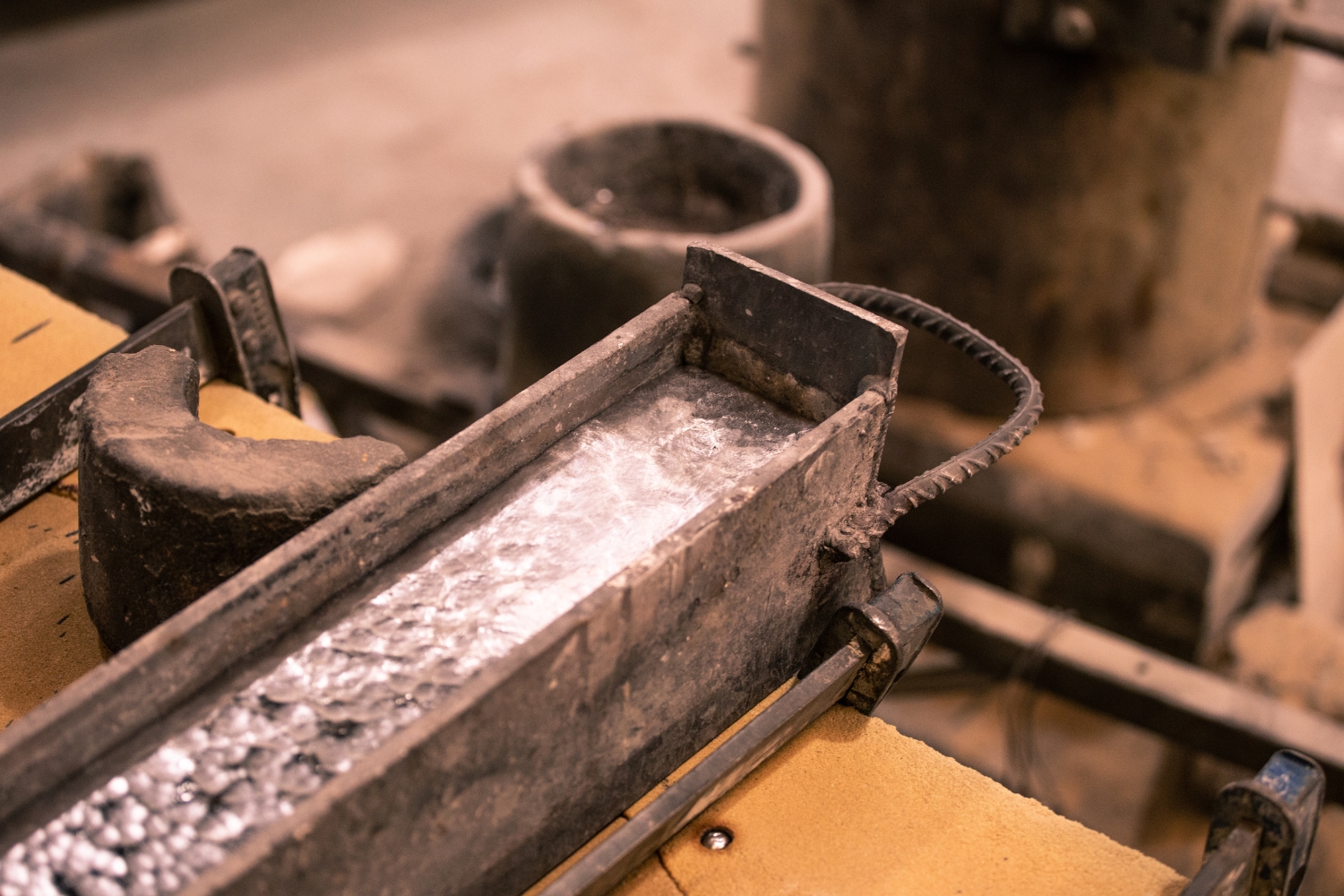With iron bed frames, you want to make sure that they last! Aside from that, you’re also thinking about strength, longevity, and comfort. The difference between cast iron and wrought iron has been debated in interior design, but there’s a noticeable difference between the two materials. When it comes to bed frames, one clearly stands out.
Before deciding, it’s important to understand how these materials are made, how they behave, and what advantages or disadvantages each brings into your bedroom, lifestyle, and home design.
Defining Cast Iron and Wrought Iron
Cast iron is produced by melting iron until it becomes liquid, then pouring it into molds to set. This melting process results in creating a material with a high carbon content. It doesn’t bend easily and is prone to cracking if placed under stress. Once cooled into shape, cast iron can’t be reworked without risk of damage, so its design potential depends entirely on the mold used and has little room for mistakes.
Wrought iron furniture, in contrast, is not poured but worked! Craftsmen heat the material and hammer or roll it repeatedly until it takes its final form. Its fibrous structure makes it both tough and flexible. Instead of breaking, it bends under pressure. This makes it possible to form wrought iron into both simple lines and intricate, handcrafted patterns that last for many years without much maintenance.

Cast Iron vs. Wrought Iron Differences: Pros and Cons
The difference between cast iron and wrought iron becomes clearer when comparing how they perform in everyday categories. Here’s a chart for a clean comparison of these two materials.
| Feature | Cast Iron | Wrought Iron |
|---|---|---|
| Manufacturing | Liquid metal poured into molds | Heated, hammered, and shaped by hand |
| Carbon Content | High (brittle, prone to cracking) | Low (malleable and resilient) |
| Design Flexibility | Limited to mold shapes | Can be formed into intricate designs |
| Weight | Very heavy, difficult to move | Lighter, easier to handle |
| Maintenance | Rust-prone, hard to repair if damaged | Easier to maintain with simple finishes |
| Environmental Impact | Recyclable but shorter usable lifespan | Lasts longer, reducing waste |
This side-by-side view shows why wrought iron is the clear winner: it’s more versatile, easier to care for, and better suited to daily use.

Why Wrought Iron Is Better For Bed Frames
These are the standout reasons why wrought iron is often the number one choice for custom iron bed frames.
Made for Custom Designs
Because wrought iron can be worked by hand, it isn’t bound by the limitations of a mold. Skilled metalworkers can create scrolls, curves, or lines. This makes it a perfect choice for homeowners who want a frame that reflects their personality instead of something mass-produced.

Long-Term Durability
Wrought irons’ low carbon content means that it resists cracking, even under pressure. Instead of snapping, it flexes, which gives it a toughness that holds up across decades of use. Many wrought iron pieces are passed down through generations without losing their integrity.
Quiet and Comfortable
A bed frame should be quiet. If you’re lying on it to sleep at night, this should be one of the factors that’s most important factors to you. Wrought iron’s fibrous structure and solid joints mean it resists squeaking or shifting.
Easier to Move
Although both materials are heavy compared to wood or other options, wrought iron is lighter than cast iron because of its lower carbon content. This makes a significant difference when rearranging furniture, cleaning, or moving homes. Despite its size, a metal king bed frame can be handled without special equipment, which is far more practical for everyday living!
Low Maintenance
Cast iron requires frequent upkeep because of its tendency to rust and the difficulty of repairing cracks or chips. Wrought iron, on the other hand, needs only minimal care. A protective finish prevents rust, and if scratches or small imperfections do occur, they can be touched up without issue.
Environmentally Friendly Choice
Because wrought iron lasts longer and is easily recycled, it has a smaller environmental impact than cast iron. A frame that remains useful for decades doesn’t need to be replaced as often, reducing waste. For homeowners who value sustainability, this makes it an even more appealing option!
When Cast Iron Is Acceptable
Although wrought iron is superior for most situations, cast iron isn’t without value. It may still be the right choice when:
- Restoring a historic period room: Cast iron was widely used in the 19th century, so it fits naturally into restorations where authenticity is the priority.
- Seeking a statement piece: Because cast iron is poured into molds, it can produce bold, detailed shapes that stand out as decorative focal points.
- Budget is the main concern: Cast iron can sometimes be less costly upfront, making it appealing to those who want the metal look without committing to a higher investment.

The Winner: Wrought Iron
The difference between cast iron and wrought iron shows why wrought iron is the better choice for bed frames. Cast iron has its place in historical or decorative settings, but wrought iron offers better durability, ease of care, and versatility in design. When deciding on which material you want to invest in, consider your priorities and